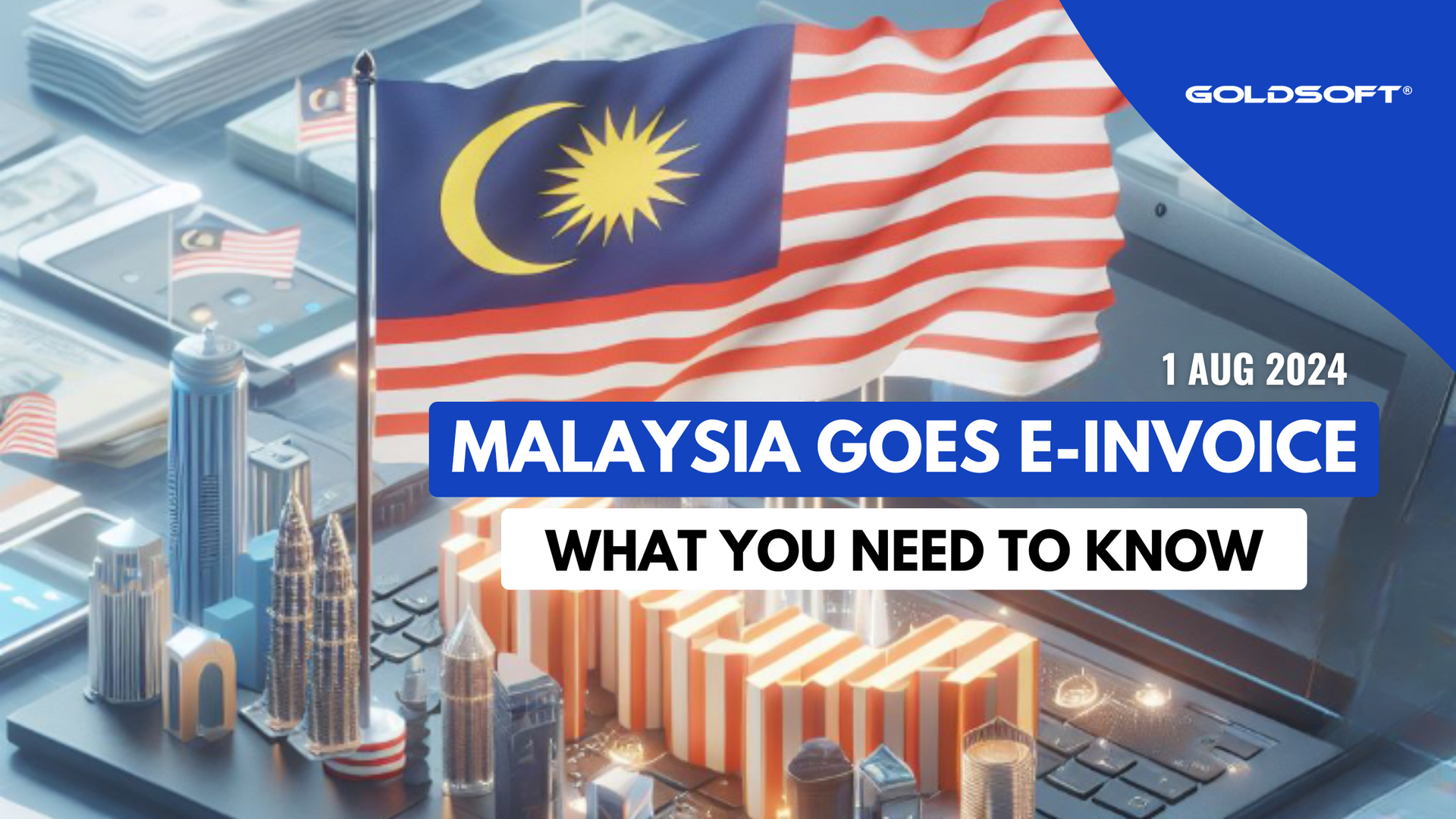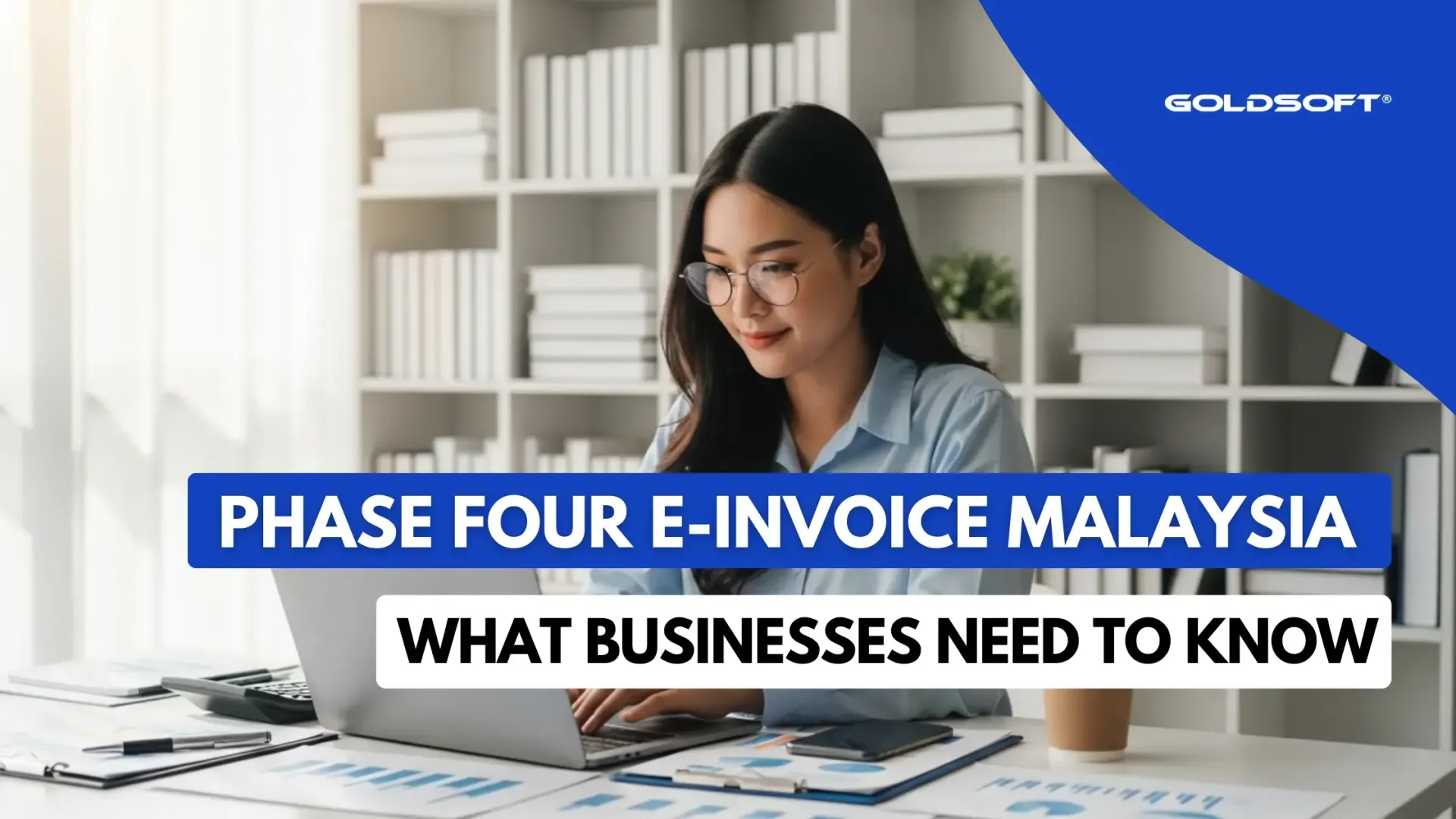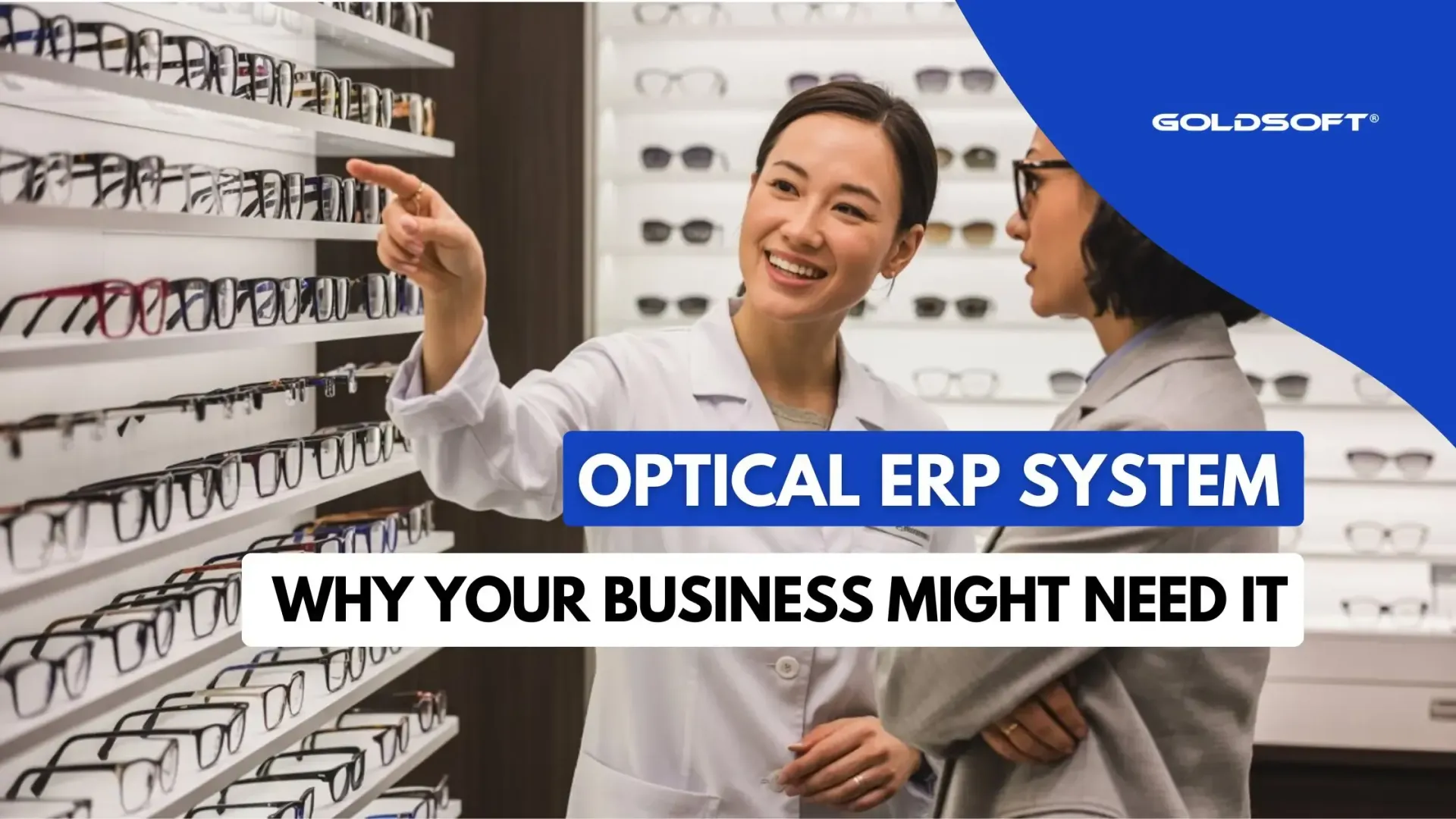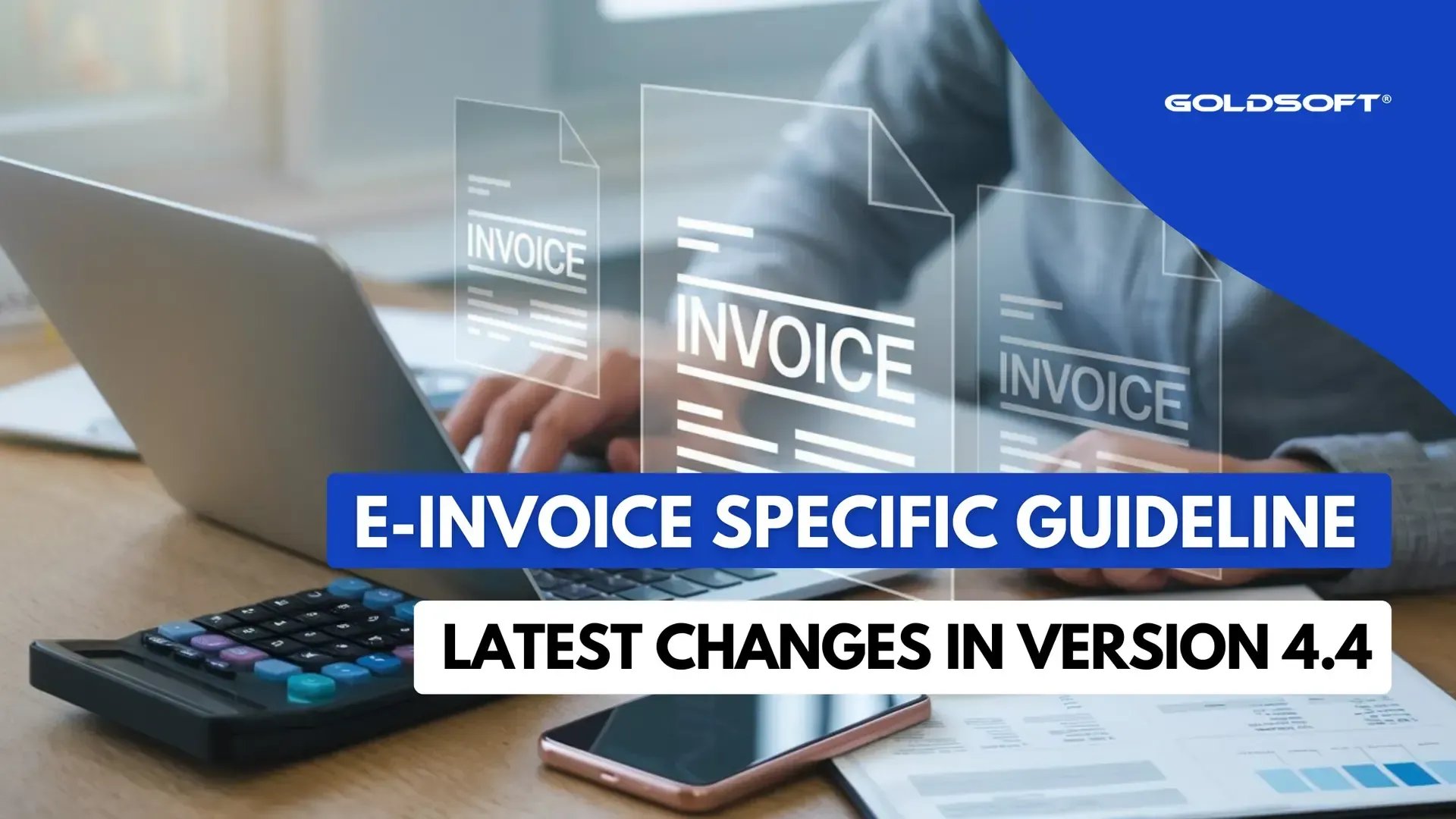E-Invoicing
Malaysia's E-Invoicing Journey: Benefits, Timelines, and Key Points.

The clock is ticking! With only 5 months remaining until August 1st, 2024, e-invoicing will become mandatory for Malaysian businesses with income or annual sales exceeding RM100 million. This blog post equips you with the key points you need to know: from the benefits and key dates to the different types of e-invoices and available submission methods.
What is e-invoicing?
E-invoicing, or electronic invoicing, replaces paper invoices with digital ones, simplifying and streamlining the invoicing process for businesses and the government.
Benefits of e-Invoicing:
- Increased efficiency: Saves time and effort for businesses and the government.
- Reduced costs: Eliminates printing, postage, and storage costs.
- Improved accuracy: Reduces errors from manual data entry.
- Enhanced transparency: Provides a clear audit trail.
- Environmental benefits: Reduces paper usage.
72-Hour Grace Period:
A crucial feature of e-invoicing is the 72-hour grace period. This allows:
- Both sellers and buyers to reject or request cancellation of an e-invoice within 72 hours of its issuance.
- Sellers to approve buyer requests for rejection or cancel the e-invoice themselves.
- No modifications to the e-invoice after the 72-hour window.
Important Implementation Dates:
Remember: Starting from August 1st, 2024, e-invoicing will become mandatory for businesses with income or annual sales exceeding RM100 million.
Here's a table outlining the entire implementation timeline by targeted taxpayers and their respective dates:
| Targeted Taxpayers | Implementation Date |
|---|---|
| Taxpayers with an annual turnover or revenue of more than RM100 million | 1 August 2024 |
| Taxpayers with an annual turnover or revenue of more than RM25 million and up to RM100 million | 1 January 2025 |
| All taxpayers | 1 July 2025 |
Types of E-Invoices to be Issued:
As you transition to e-invoicing, it's important to understand the different types of e-invoices you might encounter:
- Invoice: The standard document for a transaction between a supplier and a buyer, including self-billed invoices used for expenses.
- Credit Note: Issued to correct errors, apply discounts, or account for returns, reducing the original invoice's value without a refund.
- Debit Note: Used to indicate additional charges on a previously issued e-invoice.
- Refund: Issued by a supplier to confirm a refund of the buyer's payment, typically associated with returned items.
E-Invoice Requirements:
While every e-invoice must comply with specific requirements as outlined in the LHDN e-Invoice Guideline
(released on September 29th, 2023), some key details include:
- Supplier and Buyer information: Tax identification numbers (TIN), registration/identification numbers.
- Invoice details: e-invoice code/number, date, description of goods/services.
- Tax details: tax type, rate, amount, total amounts excluding and including tax.
For a complete list of all 53 required fields and specific details, please refer here or the official LHDN e-Invoice Guideline.
Resources for Businesses:
- Lembaga Hasil Dalam Negeri Malaysia (LHDNM): https://www.hasil.gov.my/e-invois/
- Malaysia Digital Economy Corporation (MDEC): https://einvoice.mdec.com.my/
E-Invoice Submission Methods:
MyInvoice Portal:
- Suitable for Micro, Small, and Medium-sized Enterprises (MSMEs) due to its user-friendly interface.
- Accessible to all taxpayers.
- May not be efficient for large volumes of data, as manual input might become cumbersome.
- Businesses cannot connect their existing accounting systems to the MyInvoice Portal.
Application Programming Interface (API):
- Ideal for taxpayers with a large volume of transactions, as it automates the submission process.
- Requires adjustments to existing systems to integrate with the API.
- Connects directly to the Inland Revenue Board of Malaysia (IRBM) through Peppol-ready ERP solution Solution Providers (PRSPs) or Peppol Access Point Service Providers (SPs).
The e-invoicing deadline is fast approaching! Act now to ensure a smooth transition.
Here's what you need to do:
- Evaluate your current invoicing process: Identify areas for improvement in costs and efficiency.
- Find the right solution: Choose/ upgrade an e-invoicing solution that aligns with your business needs, considering ease of use, scalability, and integration capabilities.
- Automate transmission: Integrate your chosen solution with your ERP system to streamline the process.
- Train your team: Educate your staff on the new e-invoicing process.
Need help on e-invoicing? Goldsoft is here to assist!
We can help address your current e-invoicing needs. Contact us at 603-2732 8833/ 016-6611086 or fill up the form below to discuss how we can provide an e-invoice-ready ERP solution to ensure a smooth and efficient transition.
Contact Us
Share
Recent Articles





